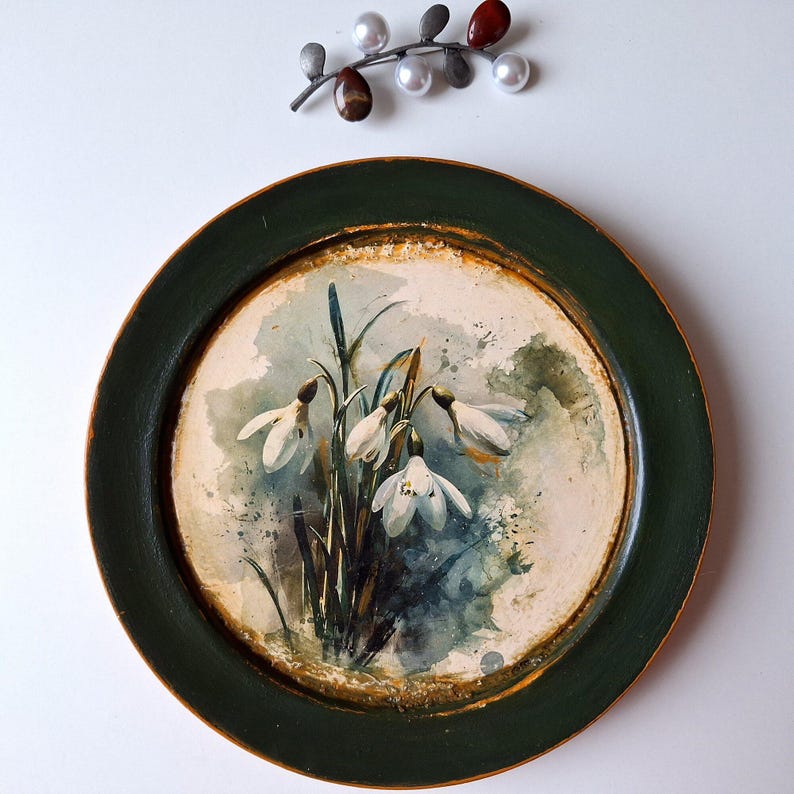As environmental awareness grows and consumers embrace ethical values, handmade wooden wall art is becoming an essential part of sustainable living. These unique, hand-painted pieces align with the principles of environmental responsibility, supporting local artisans, and promoting mindful consumption. Whether it’s classic hand-painted wooden art featuring sleeping angels or other rustic designs, these pieces offer timeless beauty while fostering a deeper connection to craftsmanship and sustainability.
1. Reducing Waste and Overproduction
Mass-produced décor often leads to overproduction and waste. Handmade wooden wall art, however, is crafted in limited quantities or made-to-order, minimizing material waste. Artisans carefully select and use only the wood they need, often incorporating reclaimed or sustainably sourced materials. This approach reduces the environmental impact and avoids the throwaway culture associated with mass manufacturing.
2. Sustainable Materials and Eco-Friendly Practices
Handcrafted wooden art pieces often feature natural and sustainable materials, such as reclaimed wood or eco-friendly finishes. By prioritizing non-toxic paints, natural oils, and renewable wood, artisans ensure each piece has a minimal carbon footprint. These materials not only support the planet but also contribute to the rustic charm and durability of the art.
3. Supporting Local Artisans and Traditional Craftsmanship
Choosing handmade wall art directly supports skilled artisans and small businesses. Each purchase contributes to preserving traditional craftsmanship, such as hand-painting and woodworking, which are passed down through generations. In this way, handmade art connects buyers to a rich cultural heritage while providing artisans with fair and ethical livelihoods.
4. Durability and Timeless Appeal
Unlike mass-produced decorations that often lack quality and longevity, handmade wooden art pieces are built to last. Artisans invest time and care into each creation, ensuring exceptional durability and craftsmanship. Designs like hand-painted sleeping angels offer a classic, timeless charm that transcends fleeting trends, making them a cherished part of your home for years to come.
5. Encouraging Mindful Consumerism
Handmade wall art encourages a shift from impulse buying to intentional purchasing. Each piece tells a unique story, carrying the artisan’s personal touch and creative vision. By choosing handmade, consumers embrace thoughtful consumption, selecting artwork that resonates with their values and adds genuine meaning to their living spaces.
6. Innovative Sustainability: Upcycling and Repurposing
Many artisans embrace upcycling by transforming reclaimed wood or old materials into stunning works of art. For example, a vintage ribbon and wooden bead accent on hand-painted angel wall art not only enhances its beauty but also highlights sustainable creativity. This approach reduces resource strain while breathing new life into materials that might otherwise go to waste.
7. The Role of Handmade in Rustic Home Décor Trends
Handcrafted wooden art has become central to the rustic, vintage, and farmhouse décor movements. Designs featuring classic themes like sleeping angels bring warmth, nostalgia, and an old-world charm to modern homes. By choosing handmade pieces, consumers can create peaceful, curated spaces that reflect a love for craftsmanship and sustainability.
8. Conclusion
Handmade wooden wall art is more than decoration—it’s a conscious choice for sustainability, ethical support, and timeless beauty. By investing in artisan-crafted pieces, such as hand-painted sleeping angel designs, consumers contribute to reducing waste, preserving craftsmanship, and creating homes filled with meaning and tranquility. These unique, eco-friendly works of art embody mindful consumption and align perfectly with values of quality, sustainability, and lasting charm.
This article highlights how handmade wooden wall art, with its sustainable materials, traditional artistry, and timeless appeal, is shaping a more intentional and eco-conscious approach to home décor.

